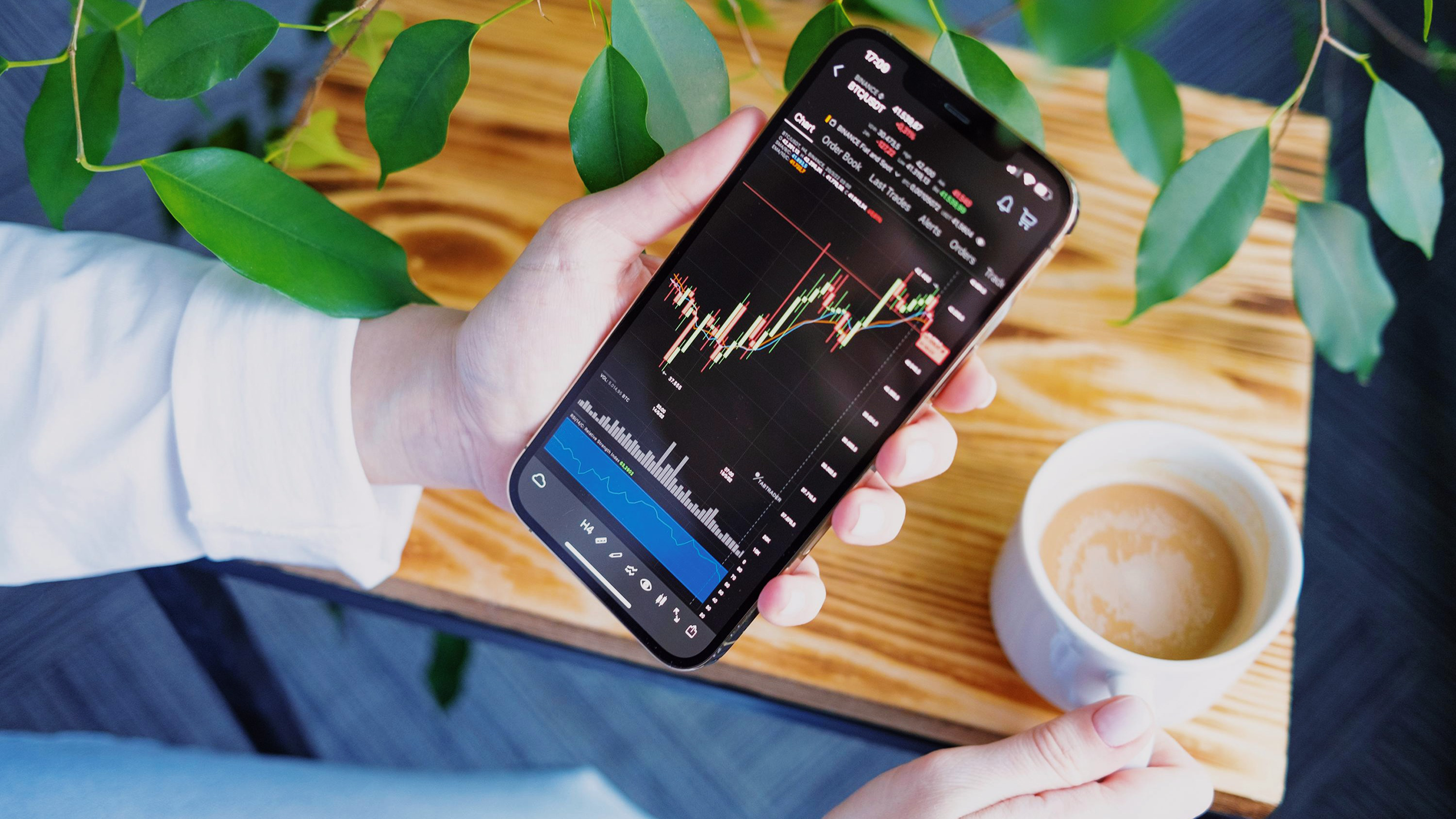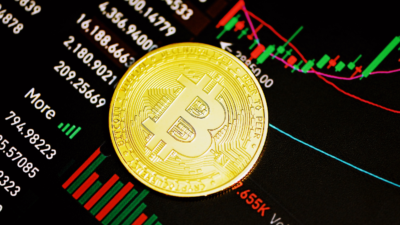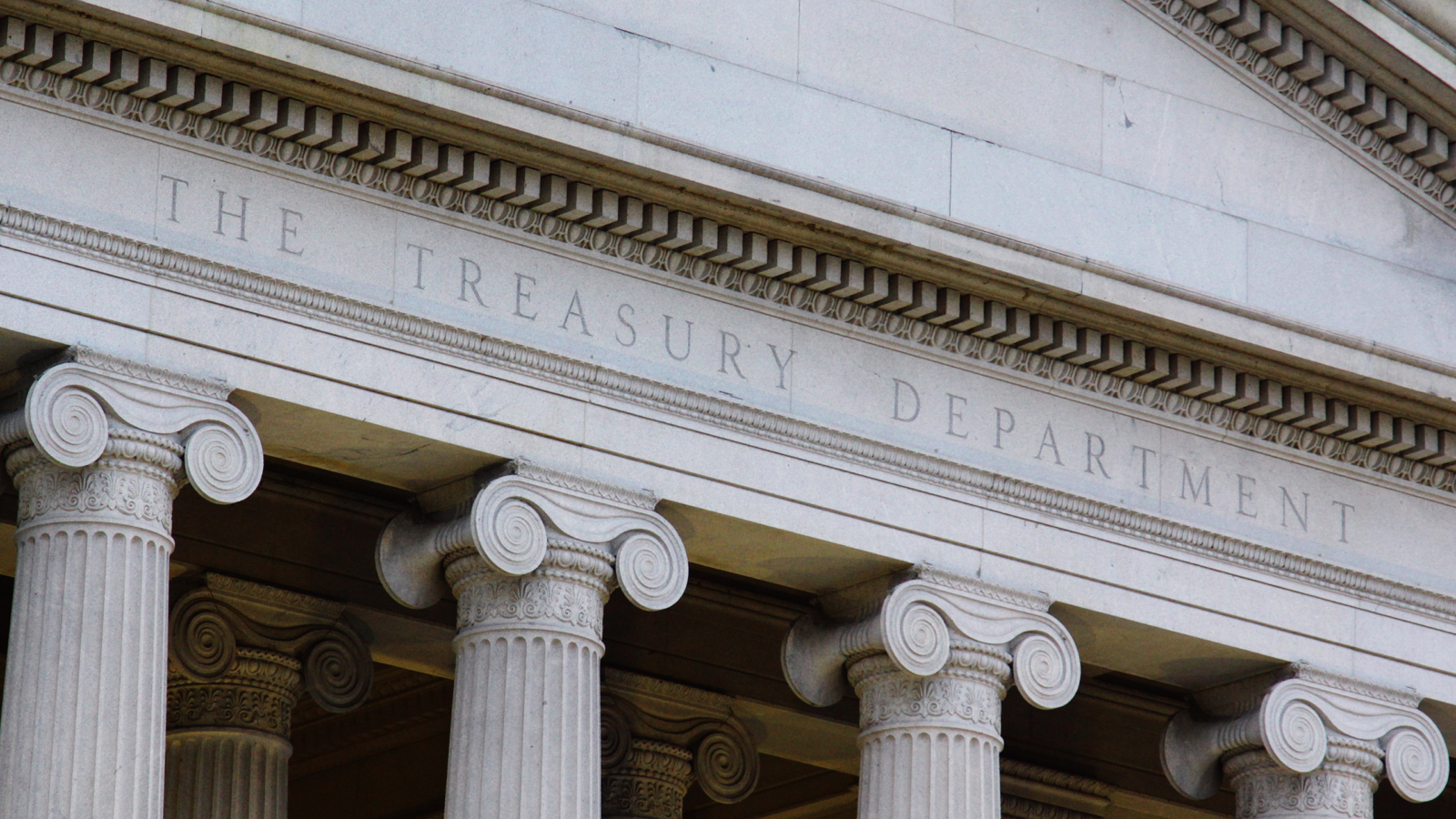
Sign up for smart news, insights, and analysis on the biggest financial stories of the day.
Markets have been tested by the unexpected daily for weeks now. Even by those standards, today’s test, which everyone saw coming, is a big one. The Federal Reserve is widely expected to maintain its key interest rate at the end of a two-today meeting, as investors contend with sticky inflation and uncertainty about whether the Trump administration’s tariff wars will make it worse.
A new survey from Bank of America shows traders already rotating out of US equities in what analysts called a “bull crash” driven by fears of “stagflation, trade war, [and the] end of U.S. exceptionalism.” But they’re not predicting a recession or fleeing to bonds, either.
Cash and Caution
A rotation happens when investors move from equities or indexes that represent one leading trend into another part of the market, a different geography, or different forms of investment. And with a selloff in the past month, which temporarily put the S&P 500 in correction territory last week, there has been reasonable cause for tinkering with investment strategies.
For example, evidence suggests a rotation out of high-valued tech stocks so far this year: After returning 31% last year, they have returned just 0.5% in 2025, according to the Morningstar US Technology Index. At the same time, investors appear to be rotating into cheaper stocks: Basic materials, the only sector to post a loss last year, is up 4.7% in 2025, according to Morningstar data. Healthcare and value stocks, which lagged the market last year, have also performed well.
On Tuesday, BofA’s latest monthly Global Fund Manager Survey of 171 respondents suggested concern, but not alarm:
- According to the survey, investors’ allocation to US equities fell 40% month-over-month in March, the biggest monthly drop on record. Meanwhile, the share allocated to cash rose to 4.1% from 3.5%, the biggest monthly increase since December 2021. While cash hoarding can suggest fears of a downturn, it’s still well below the 6% cash allocation in October 2022 that triggered Wall Street forecasts of recession.
- Investors have also soured on growth: The percentage of those who predicted a diminishing global growth rate went from 2% in February to a whopping 44% this month. But only 11% expect a downturn and BofA noted fund managers are positioning themselves “nowhere near extreme bear/close-your-eyes-and-buy levels.”
BofA’s survey said 55% of respondents believe the biggest market risk is that a “trade war triggers global recession” — the biggest consensus around one risk since the pandemic in April 2020.
Buy the Blip: With no apparent recession fears and a lack of bullish sentiment, one could consider it’s not yet time to buy into the recent market tumble or expect a larger dip to emerge. However, corporate insiders seem to suggest now is the time to pony up and nab some cheap equities: A gauge of insider sentiment maintained by the Washington Service, and reported by Bloomberg on Tuesday, showed the ratio of buyers to sellers jumped to 0.46 this month from 0.31 in January. Moderna’s CEO Stephane Bancel, who bought $5 million in company stock this month and whose firm is in the recently attractive healthcare sector, was one of those who helped tip the ratio.











